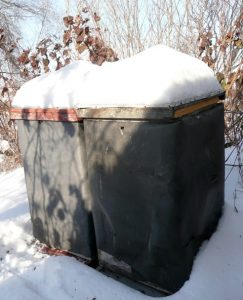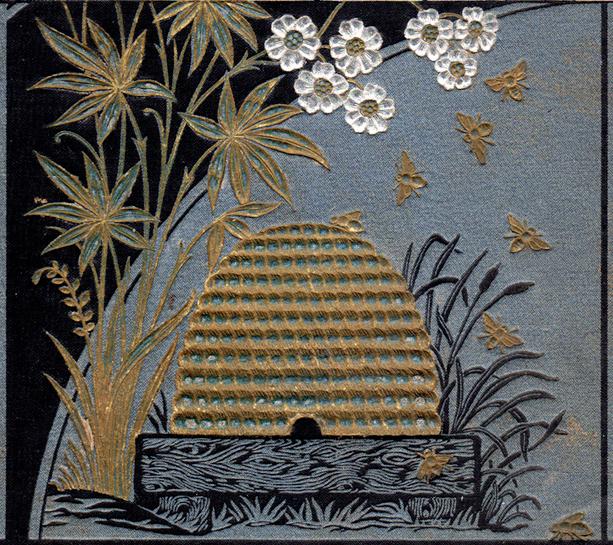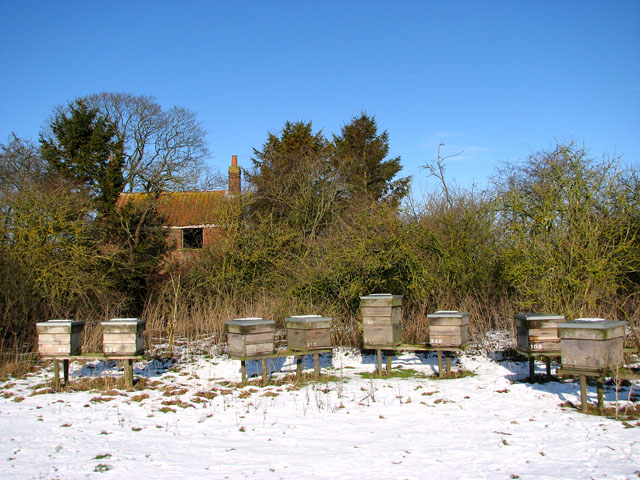Winter Cluster, Winter Cold
Winter Cluster, Winter Cold

When cold weather comes, honeybees form a tight cluster inside the hive to keep warm. The cluster’s dense outer mantle of bees can approach bird feathers or mammal fur in its ability to insulate. Within, the looser inner core of bees surrounds the queen, and can reach a temperature of 90 degrees! All of this is fueled by the bees’ winter stores of honey.
The prolonged periods of cold we’re experiencing are hard on the bees, for the longer it stays very cold, the harder it is for the bees on the outside of the cluster to stay warm and move around, and the harder it is for the cluster to move as they follow their honey stores. We are grateful for those days of thaw in between the cold spells, where the bees can rotate their duties, warm up, and take a “cleansing” flight.
With another month of winter to go, we hope that there are not too many more prolonged cold spells, and that through Grace, Mother Nature, and their own efforts, they’ll make it through.
You can read more about winter clusters at The Canadian Association of Professional Apiculturists

